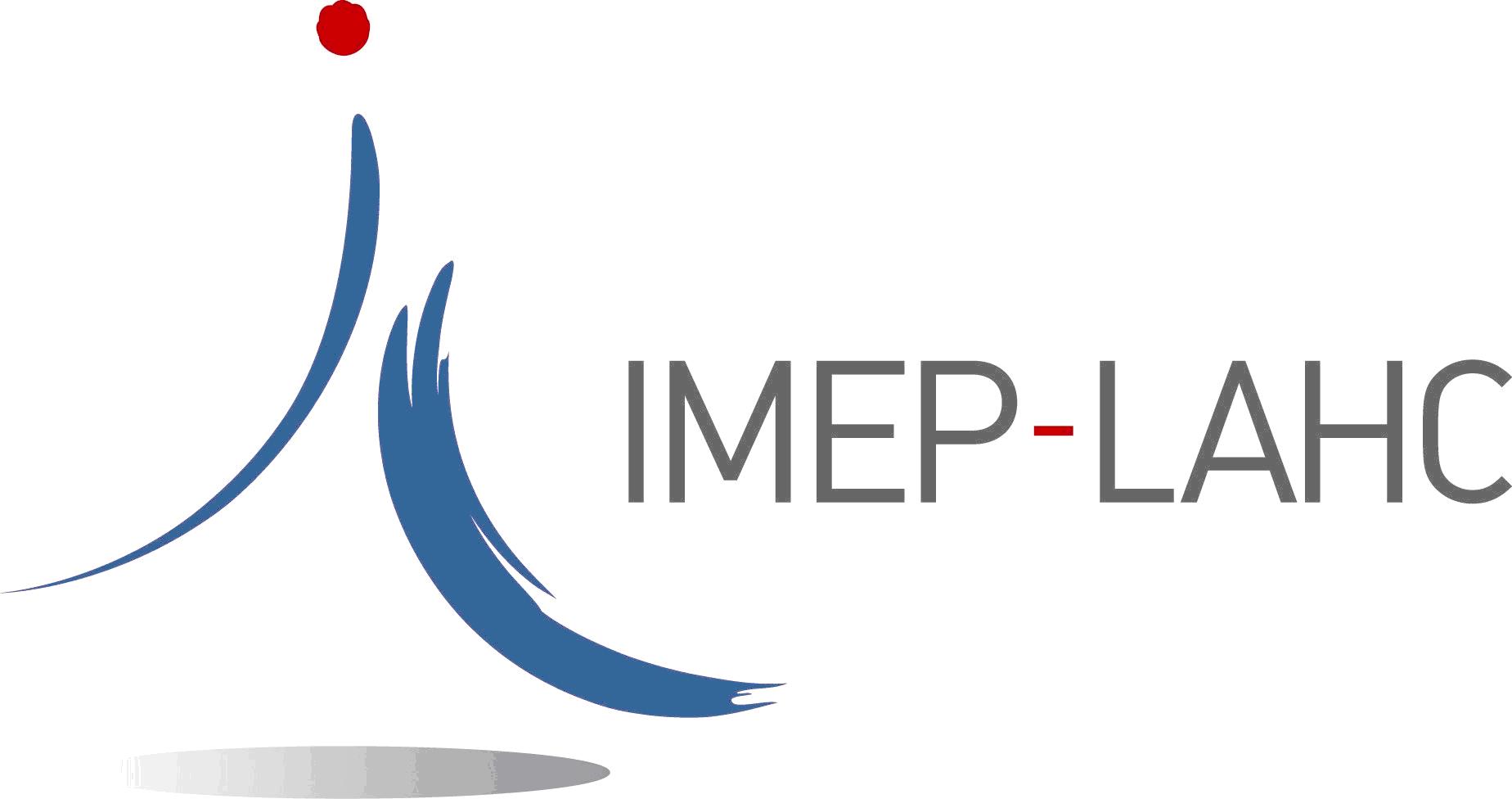Development of methods for characterization and modeling of complex media in the THz domain
Published : 26 October 2023
MASTER 2 iNTERNSHIP OPENING in 2024
( followed by PhD position)
Development of methods for characterization and modeling of complex media in the THz domain
1- Context and scientific issues
The terahertz (THz) domain is very promising for the detection of substances and materials [1], for security purposes [2], for non-destructive testing [3] but also for very high speed telecommunications (5G and 6G). Thus, in these applications, as for example and more precisely for the construction of very high speed telecommunication systems involving frequencies in the millimeter range and above, it is necessary to have a perfect knowledge of the media in which the waves propagate and with which they are brought to interact. Many materials have already been characterized and their characteristics (refractive index, absorption or otherwise considered dielectric permittivity) are now known on the spectral band of interest which typically ranges between 100 GHz and several THz. For example, common dielectric materials (paper, fabrics, plastics…) are transparent to these waves [4]. However, the materials constituting the transmission channel are very often far from ideal, they can contain a variable humidity level and they are mostly heterogeneous in composition and/or structure:
mixtures of different materials, possibly structured (multilayered, porous, more or less rough), etc. It is therefore necessary to take this complex structure into account in the methods used to characterize them as well as in the model to predict their behavior. In fine, these studies will lead to the modeling of the entire transmission channel, in order to optimize its performance, limits…
The objectives of the project are therefore:
- to develop characterization methods specifically adapted to the complex materials of interest,
- to characterize these materials under different temperature and humidity conditions and over a wide spectral range from sub-THz to several THz,
- to propose theoretical models of these heterogeneous materials (scattering models [5], effective medium models [6], diffraction models [7]…),
In addition, always with the aim of developing new methods of characterization, it will be necessary to implement an experiment of type optical pump – THz probe to study the dynamic and/or nonlinear properties [11] of certain materials which can be used to manufacture devices of emission and detection of THz wave, or of shaping of THz beams.
The IMEP-LAHC laboratory is internationally recognized for its activities in the field of THz characterization of materials and devices developed since the 1990s [8-10]. The project will rely on the THz characterization facilities of the PLATERA platform of the IMEP-LAHC laboratory ) and on its competences in terms of development of characterization methods for materials and devices. More precisely, the PLATERA platform has the following systems:
2 THz-TDS spectrometers (Time Domain Spectroscopy) and imaging systems, 1 CW (Continuous Waves) spectrometer, 1 multispectral “video rate” imaging system based on an electronic multiplication chain (82 GHz- 1. 1 THz) associated with a THz camera, a THz optical pump-probe experiment using an amplified femtosecond laser and an OPA (Optical Parametric Amplifier) allowing to tune the wavelength of the optical pump beam between 280 nm and 2μm [11].
2- Goals and methods
The objective of the internship is to develop the experimental setup that will be subsequently used forthe PhD studies.
The setup is based on the TeraPulse Lx system by Teraview. Two fibered THz antennas will be mounted so that goniometric and polarimetric measurements can be performed. Once the setup is built, it will be characterized and validated by performing studies on suitable samples.
3- References
[1] R. Miles, X.-C. Zhang, H. Eisele, A. Krotkus, « Terahertz Frequency Detection and Identification of Materials and Objects », NATO Science for Peace and Security Series B: Physics and Biophysics, Springer Nature (2021)
[2] A.U. Sokolnikov, « THz Identification for Defense and Security Purposes », World Scientific (2013
[3] D. Nüßler, J. Jonuscheit, « Terahertz based non-destructive testing (NDT) – Making the invisible visible », Oldenbourg Wissenschaftsverlag April 7 (2020) – DOI 10.1515/teme-2019-0100
[4] E. Hérault, F. Garet, J.-L. Coutaz, “On the possibility of identifying substances by remote active THz spectroscopy”, IEEE Transactions on Terahertz Science and Technology, 6, 1, 12-19 (january 2016)
[5] F. Garet, M. Hofman, J. Meilhan, F. Simoens, J.-L. Coutaz, “Evidence of Mie scattering at terahertz frequencies in powder materials”, App. Phys. Lett., 105 (3), 031106 (2014) – doi: 10.1063/1.4890732.
[6] M. Scheller, S. Wietzke, C. Jansen, and M. Koch, ‘Modelling heterogeneous dielectric mixtures in the terahertz regime: a quasi-static effective medium theory’, J. Phys. Appl. Phys., vol. 42, no. 6, 2009
[7] Emilie Hérault, Maxence Hofman, F. Garet and Jean-Louis Coutaz, “Observation of terahertz beam diffraction by fabrics”, Opt. Lett., 38, 15, (sept. 2013) – 10.1063/1.4821627.
[8] L. Duvillaret, F. Garet, J.L. Coutaz, “A Reliable method for extraction of Material Parameters in THz TimeDomain Spectroscopy”, IEEE JSTQE, 2,pp.739-746 (1996) – citations 1000.
[9] M. Bernier, F. Garet, J.-L. Coutaz, H. Minamide, A. Sato, “Accurate Characterization of Resonant Samples in the Terahertz Regime Through a Technique Combining Time-Domain Spectroscopy and Kramers–Kronig Analysis”, IEEE Transactions on Terahertz Science and Technology, Volume: 6, Issue: 3, May 2016
[10] Coutaz J. –L. Garet F., and V. P. Wallace, « Principles of Terahertz Time-domain Spectroscopy ». Ed. Pan Stanford Publishing, (décembre 2018) – ISBN 9789814774567
[11] D. Zhai, E. Hérault, F. Garet, J.-L. Coutaz, Ci-Ling Pan “THz generation in GaSe crystals pumped with laser photon energy below and around the bandgap“, Appl. Phys. Lett. 122, 011103 (2023) – 10.1063/5.0128292
3- Candidates requirements
– Education level: Master 2 student in optical, electrical or material engineering or physics.
– Expertise: Light-matter interaction, Numerical modeling (HFSS), Instrumentation are appreciated.
– Language: English, French (not required).
4- Other information
Gratification: approx. 600 € per month
Location: IMEP-LAHC Laboratory, University Savoie Mont-Blanc, Rue Lac de la Thuiles, 73370 Le Bourget du Lac (https://imep-lahc.grenoble-inp.fr/)
Contact: Frederic GARET – garet@univ-smb.fr



 Contact us
Contact us How to find us
How to find us











